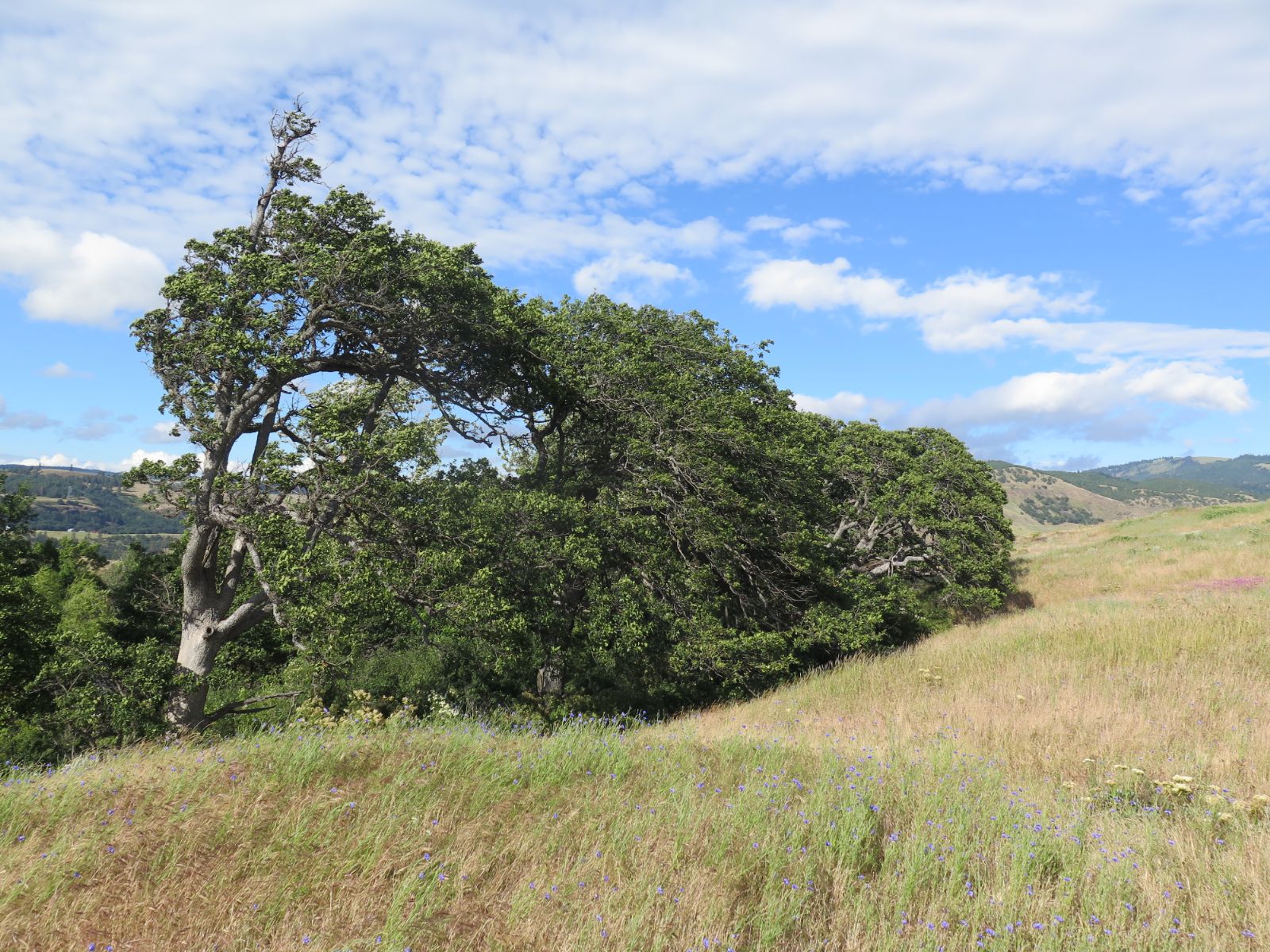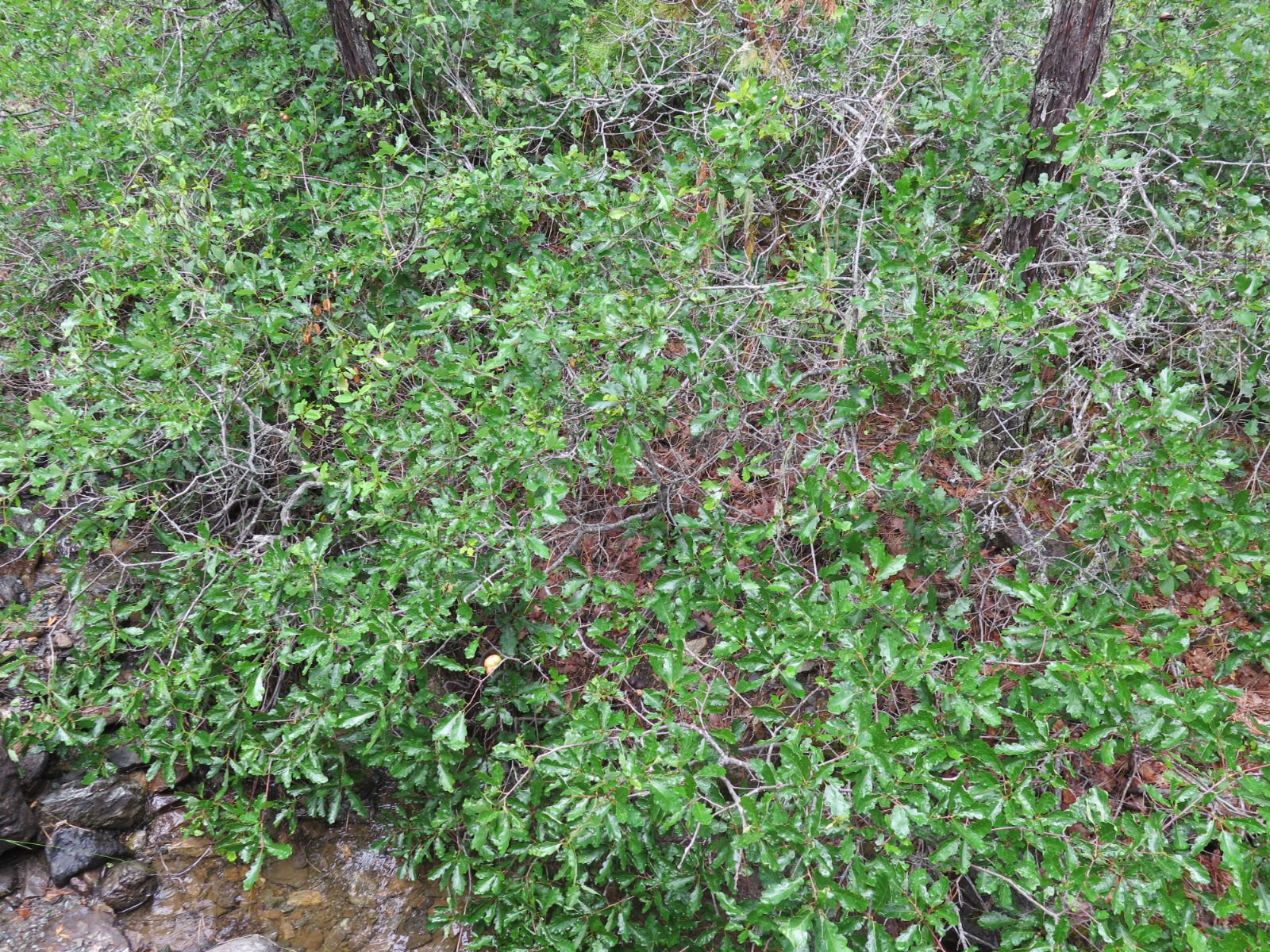Quercus garryana
Sponsor
Kindly sponsored by
The Trees and Shrubs Online Oak Consortium
Credits
Article from Bean's Trees and Shrubs Hardy in the British Isles
Article from New Trees by John Grimshaw & Ross Bayton
Recommended citation
'Quercus garryana' from the website Trees and Shrubs Online (treesandshrubsonline.
Genus
- Quercus
- Subgen. Quercus, Sect. Quercus
Common Names
- Oregon Oak
Infraspecifics
Other taxa in genus
- Quercus acerifolia
- Quercus acherdophylla
- Quercus acrodonta
- Quercus acuta
- Quercus acutifolia
- Quercus acutissima
- Quercus afares
- Quercus affinis
- Quercus agrifolia
- Quercus alba
- Quercus aliena
- Quercus alnifolia
- Quercus aquifolioides
- Quercus arizonica
- Quercus arkansana
- Quercus aucheri
- Quercus augustini
- Quercus austrina
- Quercus × auzendei
- Quercus baloot
- Quercus bambusifolia
- Quercus baronii
- Quercus bicolor
- Quercus brantii
- Quercus buckleyi
- Quercus canariensis
- Quercus canbyi
- Quercus candicans
- Quercus castanea
- Quercus castaneifolia
- Quercus cerris
- Quercus chenii
- Quercus chrysolepis
- Quercus coccifera
- Quercus cocciferoides
- Quercus coccinea
- Quercus conspersa
- Quercus crassifolia
- Quercus crassipes
- Quercus delavayi
- Quercus dentata
- Quercus deserticola
- Quercus dolicholepis
- Quercus douglasii
- Quercus dumosa
- Quercus durifolia
- Quercus eduardii
- Quercus ellipsoidalis
- Quercus emoryi
- Quercus engelmannii
- Quercus engleriana
- Quercus euboica
- Quercus eugeniifolia
- Quercus fabri
- Quercus faginea
- Quercus falcata
- Quercus floribunda
- Quercus frainetto
- Quercus franchetii
- Quercus fruticosa
- Quercus fusiformis
- Quercus gambelii
- Quercus geminata
- Quercus georgiana
- Quercus germana
- Quercus gilliana
- Quercus gilva
- Quercus glabrescens
- Quercus glauca
- Quercus graciliformis
- Quercus gravesii
- Quercus griffithii
- Quercus grisea
- Quercus guyavifolia
- Quercus hartwissiana
- Quercus hemisphaerica
- Quercus × hispanica
- Quercus hondae
- Quercus hypargyrea
- Quercus hypoleucoides
- Quercus ilex
- Quercus ilicifolia
- Quercus imbricaria
- Quercus incana
- Quercus infectoria
- Quercus insignis
- Quercus ithaburensis
- Quercus kelloggii
- Quercus × kewensis
- Quercus kiukiangensis
- Quercus laceyi
- Quercus laevis
- Quercus lamellosa
- Quercus lanata
- Quercus lancifolia
- Quercus laurifolia
- Quercus laurina
- Quercus × leana
- Quercus leucotrichophora
- Quercus × libanerris
- Quercus libani
- Quercus lobata
- Quercus lobbii
- Quercus lodicosa
- Quercus longinux
- Quercus longispica
- Quercus look
- Quercus × ludoviciana
- Quercus macranthera
- Quercus macrocalyx
- Quercus macrocarpa
- Quercus macrolepis
- Quercus marilandica
- Quercus mexicana
- Quercus michauxii
- Quercus mongolica
- Quercus monimotricha
- Quercus montana
- Quercus morii
- Quercus muehlenbergii
- Quercus myrsinifolia
- Quercus myrtifolia
- Quercus nigra
- Quercus × numidica
- Quercus oblongifolia
- Quercus obtusata
- Quercus oglethorpensis
- Quercus oxyodon
- Quercus pagoda
- Quercus palmeri
- Quercus palustris
- Quercus pannosa
- Quercus parvula
- Quercus petraea
- Quercus phellos
- Quercus phillyreoides
- Quercus planipocula
- Quercus poilanei
- Quercus polymorpha
- Quercus pontica
- Quercus prinoides
- Quercus pubescens
- Quercus pyrenaica
- Quercus rehderiana
- Quercus reticulata
- Quercus robur
- Quercus rotundifolia
- Quercus rubra
- Quercus rugosa
- Quercus rysophylla
- Quercus sadleriana
- Quercus salicina
- Quercus sartorii
- Quercus × schneideri
- Quercus schottkyana
- Quercus semecarpifolia
- Quercus senescens
- Quercus serrata
- Quercus sessilifolia
- Quercus setulosa
- Quercus shumardii
- Quercus sinuata
- Quercus spinosa
- Quercus stellata
- Quercus stenophylloides
- Quercus suber
- Quercus subspathulata
- Quercus tarokoensis
- Quercus tatakaensis
- Quercus texana
- Quercus tomentella
- Quercus trojana
- Quercus tungmaiensis
- Quercus turbinella
- Quercus × turneri
- Quercus undulata
- Quercus utahensis
- Quercus utilis
- Quercus uxoris
- Quercus variabilis
- Quercus velutina
- Quercus virginiana
- Quercus vulcanica
- Quercus warburgii
- Quercus wislizenii
- Quercus xalapensis
A deciduous tree often 60 to 80 ft high, with a broad compact head of tortuous branches; buds 3⁄8 in. long and, like the young shoots, densely clothed with reddish-brown down. Leaves obovate in main outline but with two or three deep, rounded or blunt lobes at each side, the base usually wedge-shaped, 2 to 5 in. long, not so wide, dark shining green and glabrous above, more or less downy and conspicuously veined beneath; stalk downy, 1⁄2 to 1 in. long. Fruits stalkless, usually solitary; acorns oval or obovoid, about 1 in. long, the base enclosed in a shallow, downy cup.
Native of western N. America, from British Columbia to N. California. This tree bears considerable resemblance to our native oak in shape of leaf and acorn, but is very distinct in the hairy shoots and large downy winter-buds. It has many times been introduced to this country, but I have never seen other than quite small trees, and it is evidently not well adapted to our climate. Douglas named it after his friend, Nicholas Garry of the Hudson’s Bay Company, who greatly assisted him in his early journeys.
There is a specimen in the Edinburgh Botanic Garden, pl. 1924, measuring 26 × 3 ft.
From New Trees
Quercus garryana Douglas ex Hook.
(Subgen. Quercus, Sect. Quercus)
Oregon White Oak
This species was described by Bean (B476) and Krüssmann (K87). A key to its varieties, modified from that of Nixon (1997), is presented below.
| 1a. | Tree to 15 m, stem usually solitary; buds yellowish or cream, 0.6–1.2 cm long and densely pubescent; branchlets covered in spreading hairs; Canada (British Columbia), USA (California, Oregon, Washington) | var. garryana |
| 1b. | Shrub or small tree to 5 m, multistemmed and spreading clonally; buds reddish brown, 0.2–0.5 cm long, sparsely pubescent; branchlets largely glabrous | 2 |
| 2a. | Leaf underside with sparse or dense stellate hairs with four to six rays; USA (California & Oregon: Siskiyou Mts.) | var. fruticosa |
| 2b. | Leaf underside with sparse or dense stellate hairs with six to eight rays; USA (California: Sierra Nevada, Tehachapi Mts.; Oregon) | var. semota |
var. fruticosa (Engelm.) Govaerts
Synonyms
Q. garryana var. breweri (Engelm.) Jepson
Both var. fruticosa and var. semota occur at higher altitudes (1250–1900 m asl) than typical var. garryana (0–800 m asl). For this reason they tend to form small, multistemmed trees and shrubs, rather than larger trees. In var. fruticosa the stellate hairs on the leaf underside have four to six rays. Var. fruticosa (commonly known under the name var. breweri) is endemic to the Siskiyou region on the California–Oregon border. Nixon 1997. Distribution USA: California, Oregon. Habitat Montane conifer forest and chaparral between 1400 and 1900 m asl. USDA Hardiness Zone 6. Conservation status Least Concern. Illustration Nixon 1997.
var. semota Jeps.
Var. semota occurs along the western slopes of the Sierra Nevada and the north slope of the Tehachapi Mts. The stellate hairs on the leaf underside have six to eight rays. Nixon 1997. Distribution USA: California, Oregon. Habitat Montane conifer forest and chaparral between 1250 and 1800 m asl. USDA Hardiness Zone 6. Conservation status Least Concern. Illustration Nixon 1997.
Both of these miniatures are in cultivation at the Sir Harold Hillier Gardens and have successfully retained their dwarf habit, var. fruticosa being 1.5 m after at least 30 years, and var. semota a flat-topped bush at 2.1 m after 25 years. They could be commended as small, characterful, gnarled-looking oaks for an ambitious rock garden.


